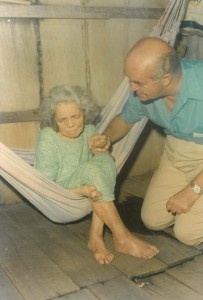 II) The Three Characteristics of his Saintliness
II) The Three Characteristics of his Saintliness
1) The saint of charity towards the poor
In his life he lived the words of Jesus: ‘Every time that you do this to one of the least of my brethren, you did it to me’(M. 25:40). Marcello, who loved Jesus Christ, saw in the poor and in lepers the image of Christ – he bent down at their side, he kissed them, and he loved to spend time with the humblest. In 1966 I accompanied him to visit some leper patients in Macapà who were still in their huts. There was an old woman looked after by her daughter and she was already disfigured by leprosy. They were in a hut where the odour of rotten flesh and pus took your breath away. After a few minutes I had to go outside. Marcello bent down at the side of the bed of the old woman, spoke to her and they then prayed together. ‘You see, if despite the help of God I had to force myself to see Jesus in all the poor people that I met, I would immediately return to Italy. When I pray I always ask for grace. It is not easy to live here but this is the way that the Lord pointed out to me and I tread it with the joy that comes to me from God’.
Marcello settled in Macapà in July 1965. In Milan he lived in a large and rich apartment with his cook/maid and a chauffeur who was always on call. In Amazonia he did not have running water in his room, the bathroom and shower were at the other end of the courtyard and in the outer wall there was a tap which Marcello used to fill a jug to wash and shave. In that humid heat this made me suffer. I asked him if he had adapted to his life of mission. He answered me: ‘When I have nostalgia for my house in Milan, I think of all the misery that I see every day with the lepers and the poor of Macapà and I say to myself: ‘those who have receive a great deal must give a great deal. I have received a great deal, I have begun to give something to these poor people who surround me, and I will give everything’.
This Servant of God was not satisfied with helping the poor, he wanted to form friendships with them, share their lives, and be a brother to them. ‘What seems to me most important in our work, my work and the work of those who work with me, is the personal relationship that we have with the people who need us. The hospital that we have built, the equipment, the medical activity do not matter so much – what matters is that we make them understand that we work not for them but with them – that is to say with fraternal love and with human solidarity. If this spirit did not exist, what would be the use of the technology, the funds and everything else? For this reason, I always say to those who work with me that to serve the poor well you need a religious spirit, a spiritual motivation, faith’.
He was not a paternalist but also he was not a ‘pauperist’. He had great respect for money, which he saw as a gift from God to do good with – he had a great deal of money and he received a great deal and he knew how to use it well, but he used it for everyone else and not for himself. But he spent money when this was necessary for his works: telephone calls, telegrams, aeroplanes, taxis, gifts to benefactors; and for the poor he always wanted the best.
Adalucio Calado, the president of the lepers in Marituba, whom I saw again in 1997 a short time before he died, was moved when he remembered Marcello. He said to me: ‘Dr. Candia not only helped us economically and through health-care and social initiatives – he also loved us: in him we saw the love of God for us lepers as well, rejected as we were by everyone else. We also remember him as a saint because he did everything out of love for God. He do not look for anything for himself – everything was for other people, the poor, the sick, we lepers. He was heroic in his donation to his neighbour and this was moving: he was rich, educated and important in the world, he came to spend his life amongst us and we could not give him anything in exchange- And he did this not for a human reason, otherwise he would not have been able to resist, he would have been disappointed, but only out of his love for God. We thought: if he is such a good man, how good God must be for God sent him to us!’ And then he went on: ‘He always gave thanks for everything but it was we who had to thank him. He always said that in being amongst lepers he had received more than he had given’.
2) He carried his cross with joy
The eighteen years that Marcello Candia spent in Amazonia (1965-1983) were for him truly a constant and painful ascent of Calvary. This was because of various reasons connected with suffering which to sum up were as follows. First of all, he want to Amazonia when he was forty-nine, with a past as a rich and powerful man, the owner and director of a large company with hundreds of employees. He was, as the Milanese say, ‘the master of value’ and he thought that in leaving to ‘do good’ and having a good project and a great deal of money to implement it he would not have had difficulties. But the Amazonia of 1965 was not the Milan of those years! The military men who ruled in Brazil were suspicious of him and put a spy onto him who was entrusted with discovering the real reasons for his strange presence. They denied him building permits, created difficulties for him as regards the importation of building materials, and they humiliated him by making him wait for hours in an antechamber when he went to make inquiry about the reasons for so many delays.
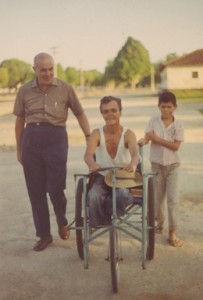 To implement his good projects Candia had to put up with a great deal of atrocious suffering. He perceived the immense needs of the poor, he wanted to help them and could have helped them, but the military authorities did not give him the necessary permits and the bureaucracy obstructed him. When the hospital of Macapà began to operate in 1968, Marcello immediately thought of beginning another initiative and visited the leper colony of Marituba which was in the Amazonian forest about thirty kilometres from Balem. It was known as the ‘antechamber of hell’ and had about 1,800 lepers who were in a situation of human and social degradation that was indescribable. At that time this leper colony was like a prison for people serving a life’ sentence. Nobody could leave or enter, it was a fenced village in a forest and had guards at the gates, and was in a state of real dilapidation. The government sent food and medicines but in insufficient quantities; the medical doctor and the nurses lived in town and only went sporadically to the colony.
To implement his good projects Candia had to put up with a great deal of atrocious suffering. He perceived the immense needs of the poor, he wanted to help them and could have helped them, but the military authorities did not give him the necessary permits and the bureaucracy obstructed him. When the hospital of Macapà began to operate in 1968, Marcello immediately thought of beginning another initiative and visited the leper colony of Marituba which was in the Amazonian forest about thirty kilometres from Balem. It was known as the ‘antechamber of hell’ and had about 1,800 lepers who were in a situation of human and social degradation that was indescribable. At that time this leper colony was like a prison for people serving a life’ sentence. Nobody could leave or enter, it was a fenced village in a forest and had guards at the gates, and was in a state of real dilapidation. The government sent food and medicines but in insufficient quantities; the medical doctor and the nurses lived in town and only went sporadically to the colony.
And yet Marcello Candia, who wanted to help the lepers, did not obtain a permit to visit them. Then the authorities opposed the building of the ‘City of Milan Social Centre’ and the first church inside the leper colony with a home for the chaplain and sisters and the reconstruction of the walls of the buildings of the colony which were in a very bad state of disrepair. In that humid warm climate, the walls themselves seemed to be afflicted with leprosy and were falling to pieces; roofs were made out of disjointed tiles or corrugated iron with holes that let the rain through. These poor lepers, in that environment, lived in a climate of arguments, violence, mutual oppression and despair. Poor Marcello! For years he went back and forth from Macapà to Belem where he lived with the missionaries of the PIME, and with the help of Father Antonio Cocco he visited the civil and military authorities in order to be able to redeem that leper colony!
During the eighteen years he spent in Amazonia Candia founded and financed –always following them from close at hand – fourteen works of charity, of education and of prayer. It is easy to imagine the difficulties that a man on his own, who for that matter never learnt Portuguese well, encountered in order to carry out his initiatives that involved help and care for the poor in a country such as Brazil which specifically at that epoch was going through a very strong wave of nationalism sustained and evoked by the military dictatorship which at a certain point seemed to want to expel all the foreign missionaries!
The physical collapse of Marcello Candia took place in May 1983. He continued to work with particular intensity until he left Belem for Italy on 10 August. Admitted to the St. Pius X Clinic of the Camillians, he died there on 31 August of liver cancer and a related bone tumour over the right lung.









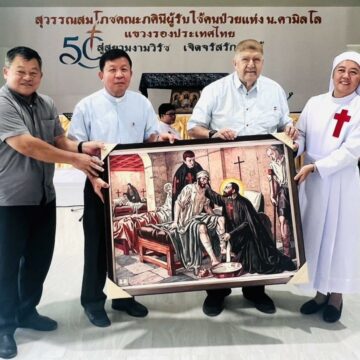
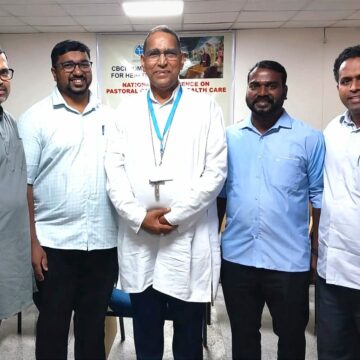
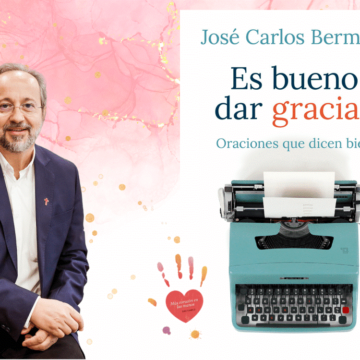

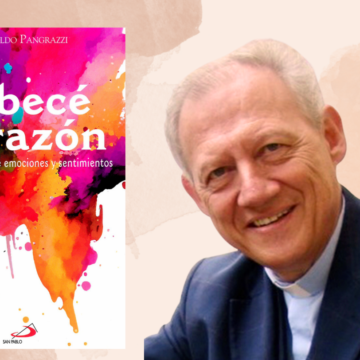
Camillians on Facebook
Camillians on Twitter
Camillians on Instagram